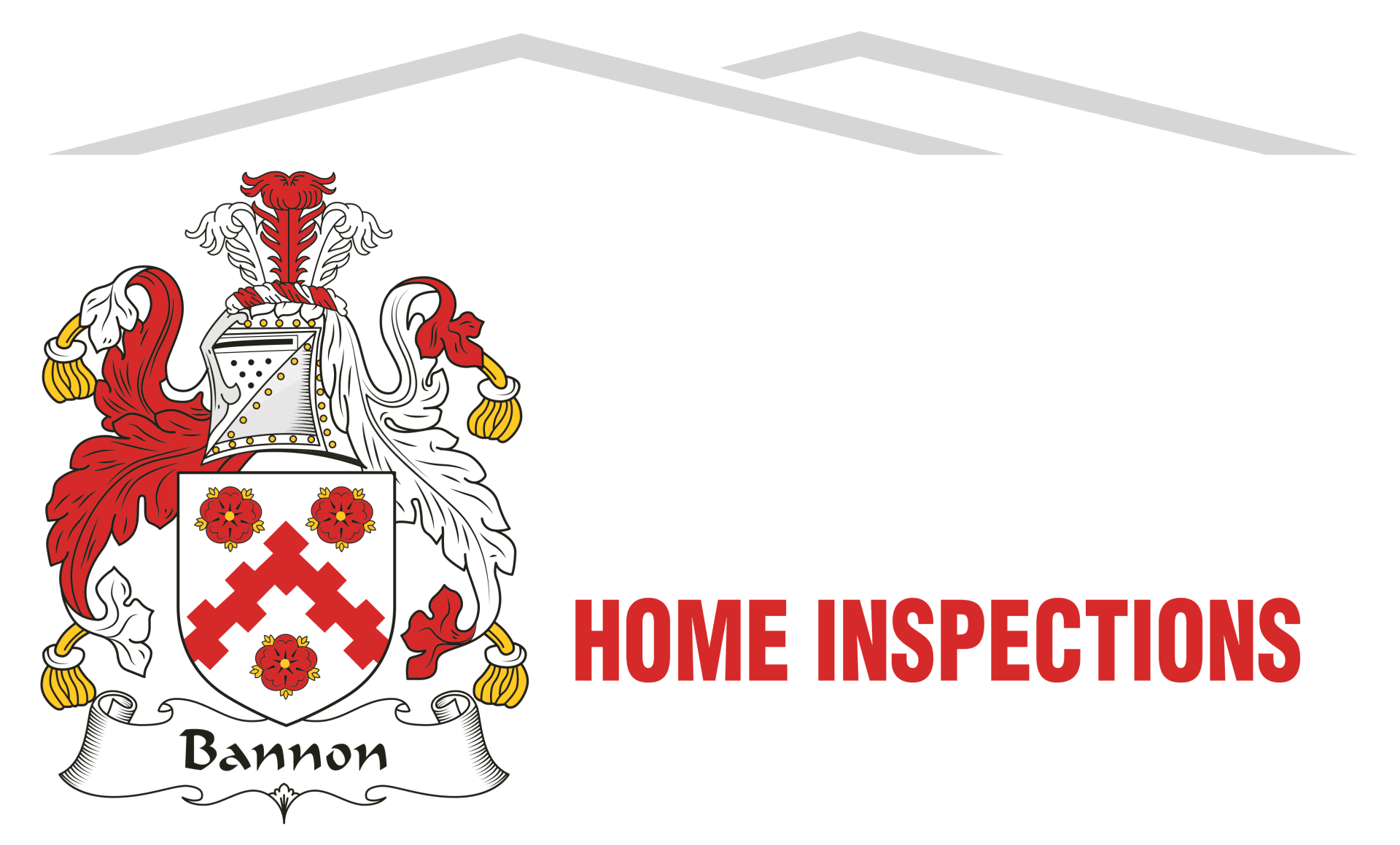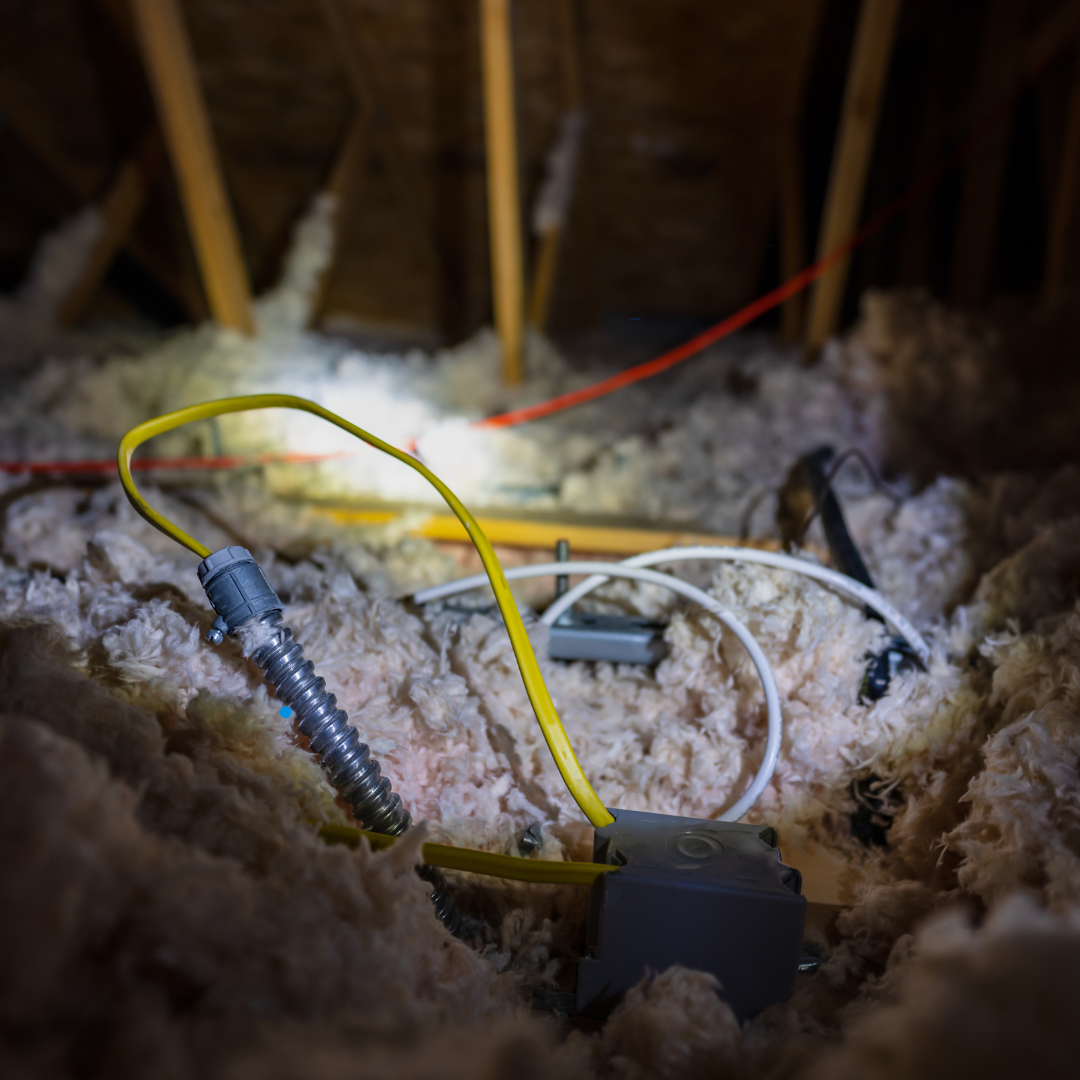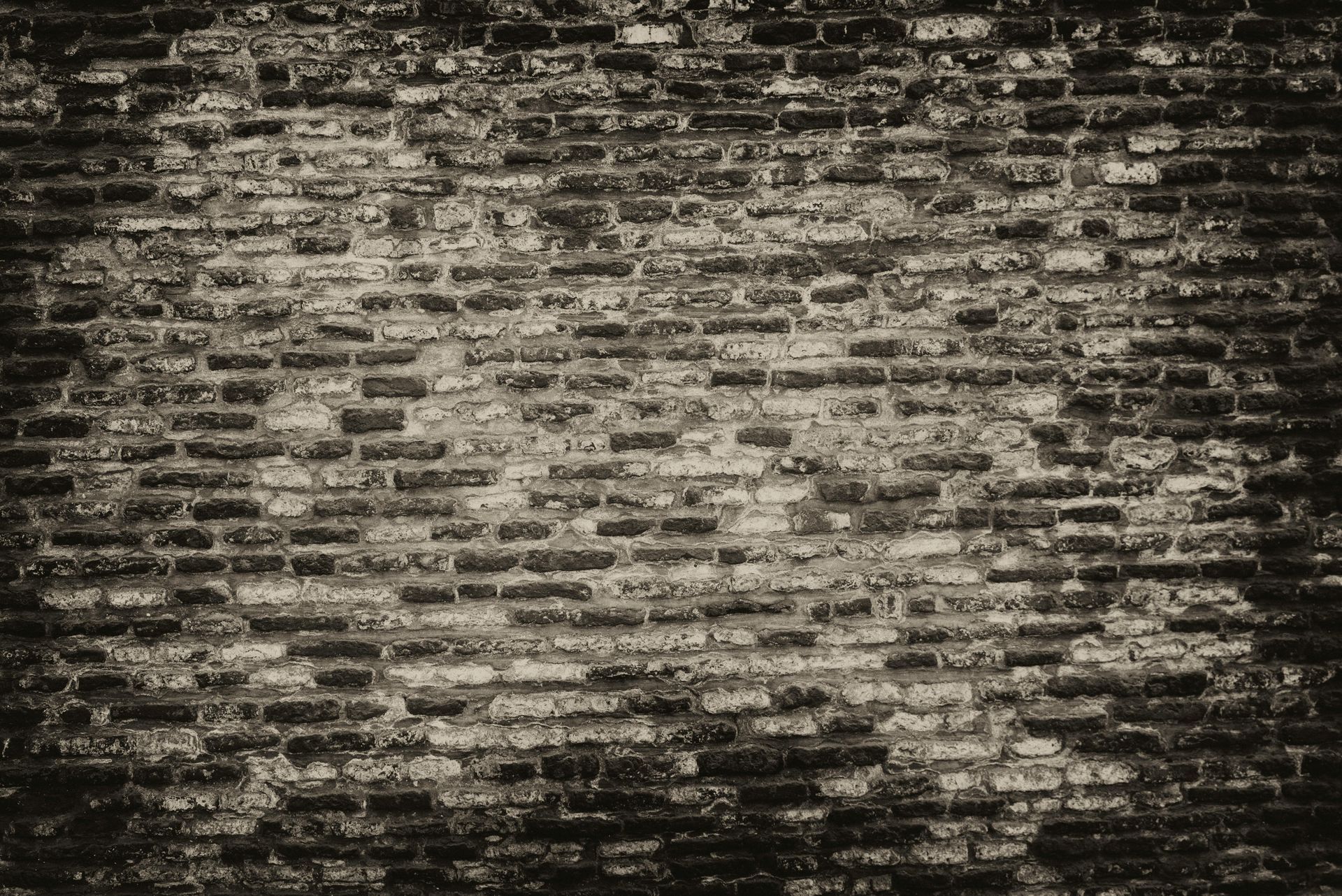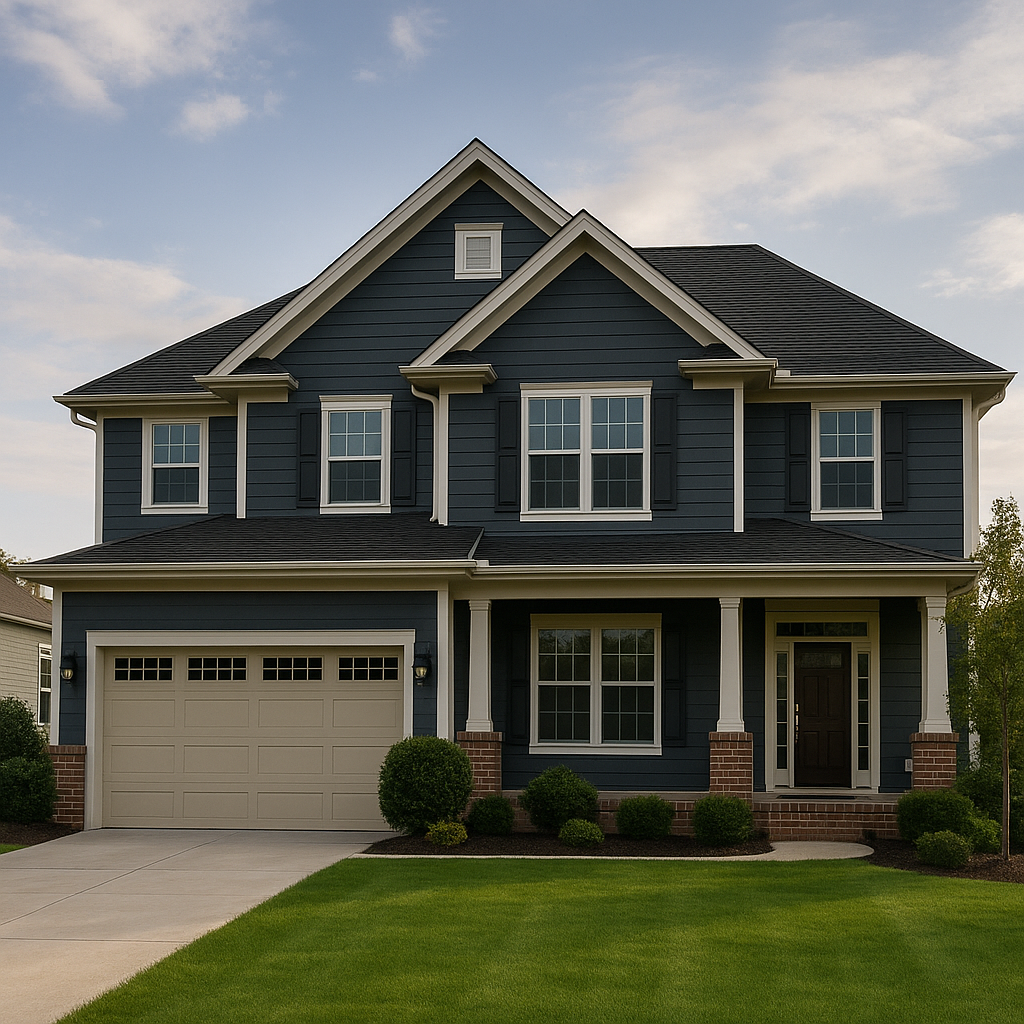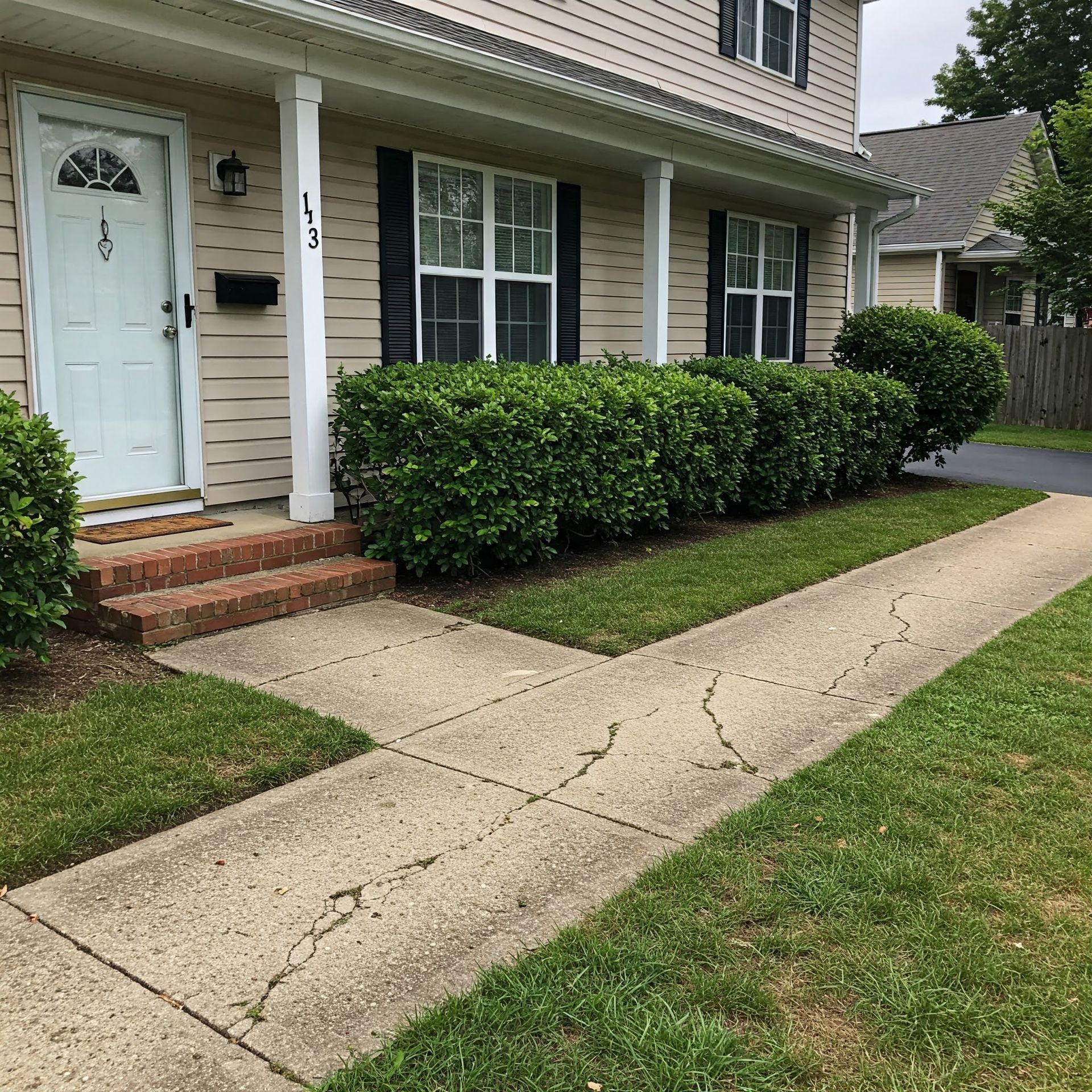What Do Home Inspectors Look for When Inspecting Attics?
3-Minute Read
What Do Home Inspectors Look for When Inspecting Attics?
The attic might not be a place you visit often, but for home inspectors, it’s a goldmine of information about the overall health of a house. From insulation to roof structure, attics reveal critical details about potential issues that might not be visible elsewhere. Here’s a closer look at what we inspect in attics and why it matters.
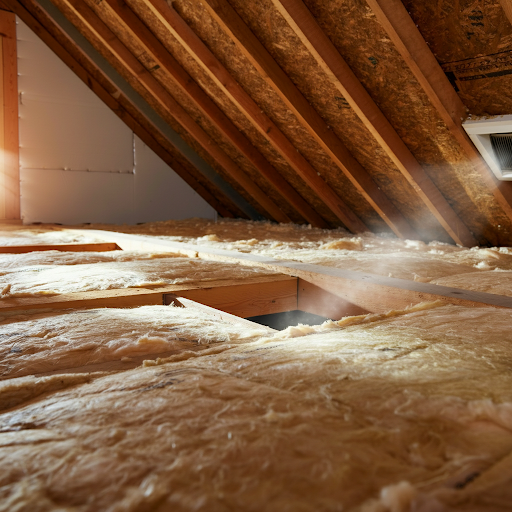
1. Insulation and Ventilation
Proper insulation and ventilation are key to maintaining a comfortable and energy-efficient home. During an inspection,
we check:
- The type, depth, and condition of insulation to ensure it meets recommended levels.
- Signs of compression, gaps, or moisture damage in the insulation.
- Ventilation systems, such as ridge vents or soffit vents, to ensure proper airflow.
Why It Matters: Poor insulation and ventilation can lead to high energy bills, moisture buildup, and even microbial growth in extreme cases.
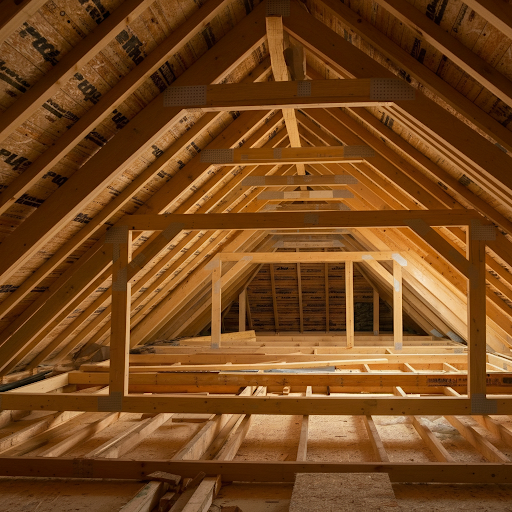
2. Roof Structure and Framing
The attic provides a unique vantage point for assessing the roof’s structural integrity.
We inspect:
- Rafters, trusses, and beams for sagging, cracks, or other signs of damage.
- The underside of the roof decking for stains, leaks, or water intrusion.
- Fasteners and connections to ensure everything is secure and functioning as intended.
Why It Matters: The roof structure supports the entire home and protects it from the elements, making it one of the most important areas to inspect.
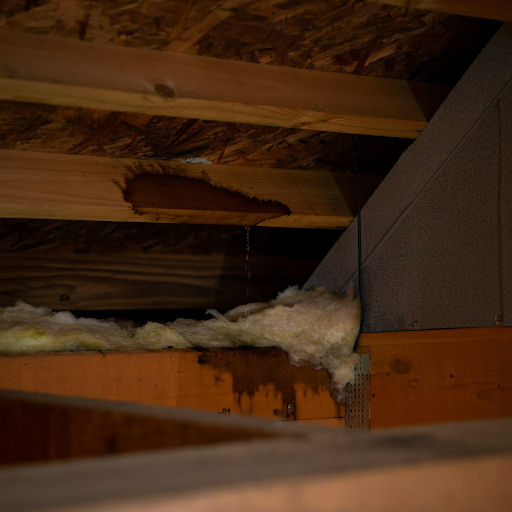
3. Moisture and Water Damage
Water is a home’s worst enemy, and attics often provide clues about leaks or humidity issues.
We look for:
- Water stains or discoloration on the roof decking or insulation.
- Active leaks, particularly around roof penetrations like chimneys or vents.
- High humidity levels that could encourage microbial growth.
Why It Matters: Identifying water damage early can prevent costly repairs and protect the home’s overall integrity.
4. Electrical Systems
In many homes, attics house electrical wiring and components.
We check:
- Exposed wiring for signs of wear, damage, or improper installation.
- Junction boxes to ensure they’re properly covered and secure.
- Evidence of overheating or unsafe practices, such as spliced wires without connectors.
Why It Matters: Faulty attic wiring poses a significant fire risk and should always be addressed promptly.

5. Pest Activity
Attics can become a haven for uninvited guests like rodents, birds, or insects.
We inspect for:
- Signs of nests, droppings, or gnawed materials.
- Entry points where pests might be getting in.
- Damage caused by pests, such as chewed wiring or insulation.
Why It Matters: Pests not only damage the attic but can also create health hazards for the home’s occupants.
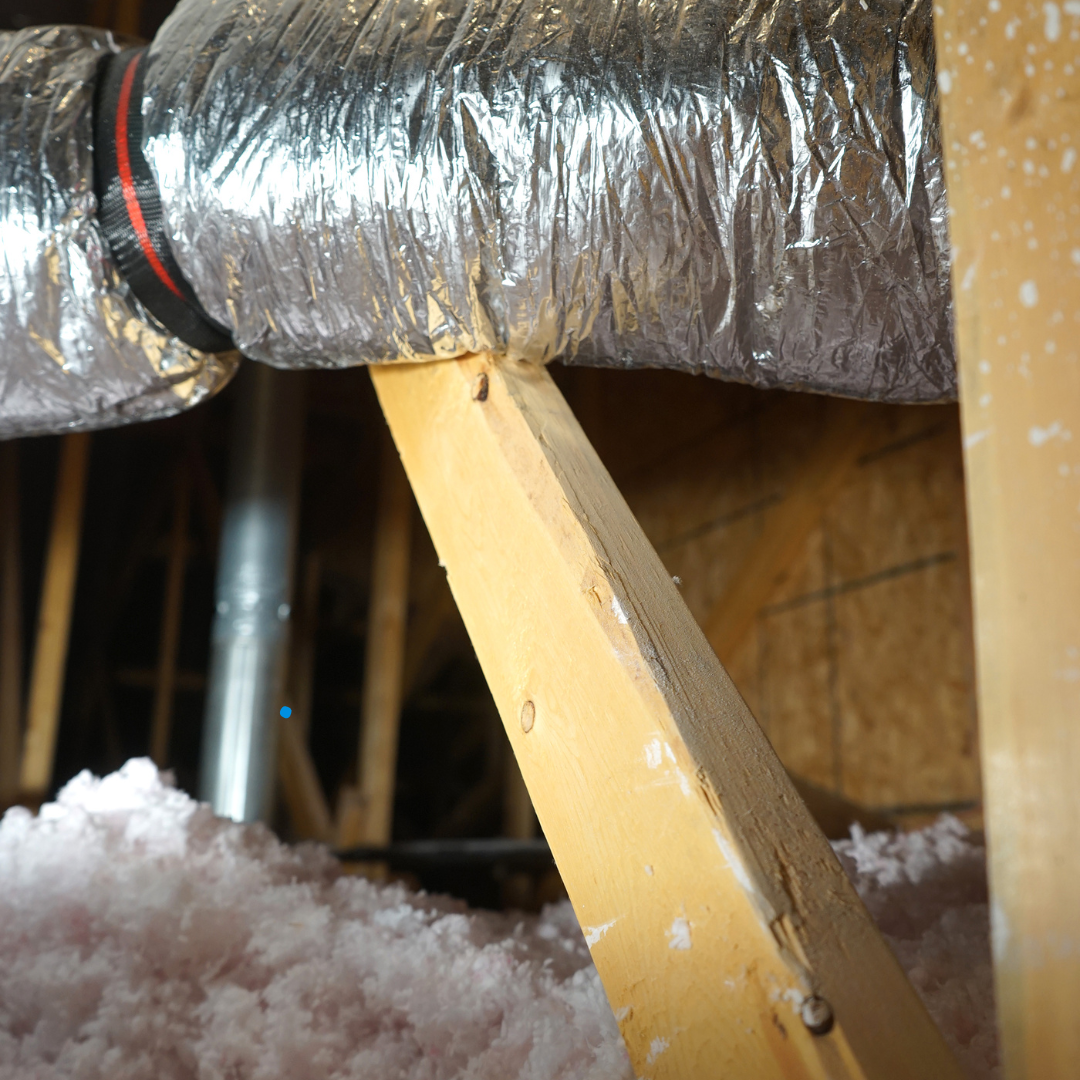
6. HVAC Ducting
In many homes, the attic houses HVAC ductwork, which plays a critical role in the home’s heating and cooling efficiency. During an inspection,
we:
- Look for visible damage, such as tears, disconnected sections, or crushed ducts.
- Check for insulation around the ducts to ensure energy efficiency.
- Assess airflow and ensure ducts are properly sealed to prevent leaks.
Why It Matters: Damaged or leaky ductwork can lead to inefficient heating and cooling, higher energy bills, and uneven temperatures throughout the home.
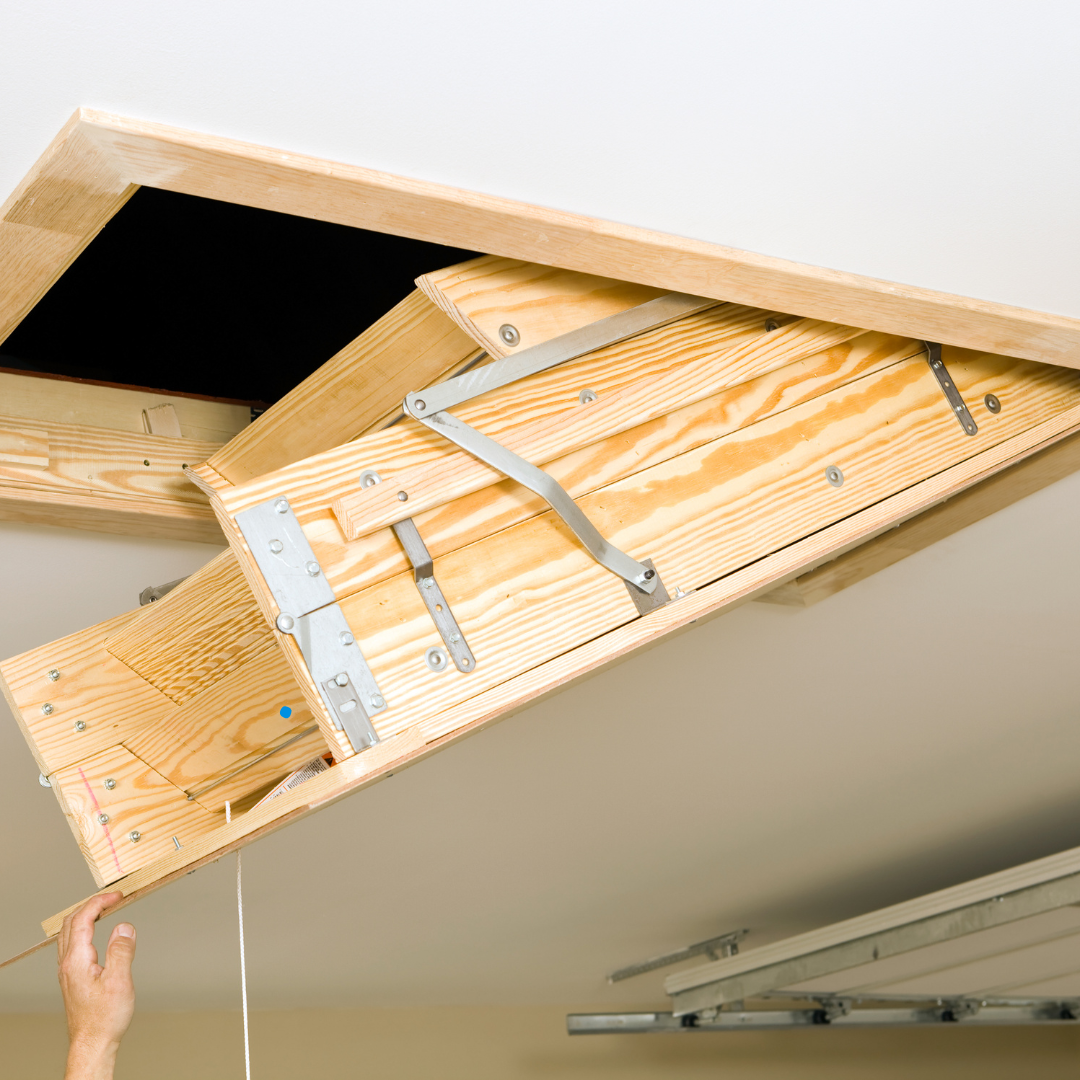
7. Storage and Access
Some attics double as storage spaces, and we assess:
- The condition and stability of flooring, if present, to ensure it’s safe for use.
- Access points, such as pull-down ladders or scuttle holes, to ensure they’re functional, insulated, and secure.
Why It Matters: Safe access and storage are important for homeowners who rely on their attic for more than just insulation.
The Bigger Picture
Attics may not be the most glamorous part of a home, but they hold the keys to understanding its overall condition. From insulation and pests to roof structure and wiring, we make sure your attic is thoroughly inspected to give you peace of mind.
FAQ's
Do home inspectors enter every attic?
We’ll access the attic if it’s safe and accessible. If entry points are blocked or unsafe, we’ll note it in the report.
What happens if there’s no flooring in the attic?
We’ll inspect as much as we can from the access point or on safe, visible areas without stepping on unsupported surfaces.
Can an attic inspection reveal roof problems?
Absolutely. The attic often provides the first clues about roof leaks or structural issues.
